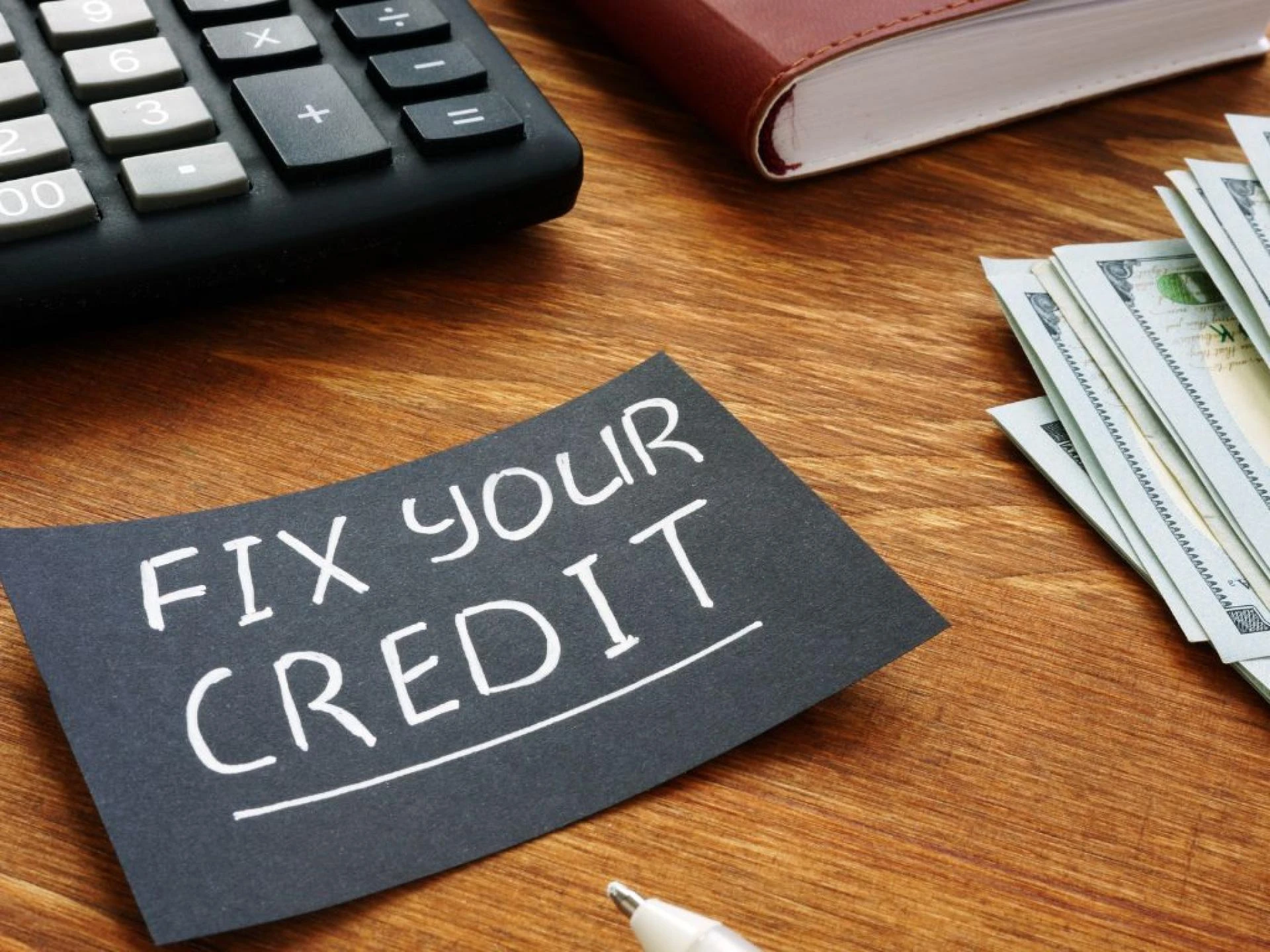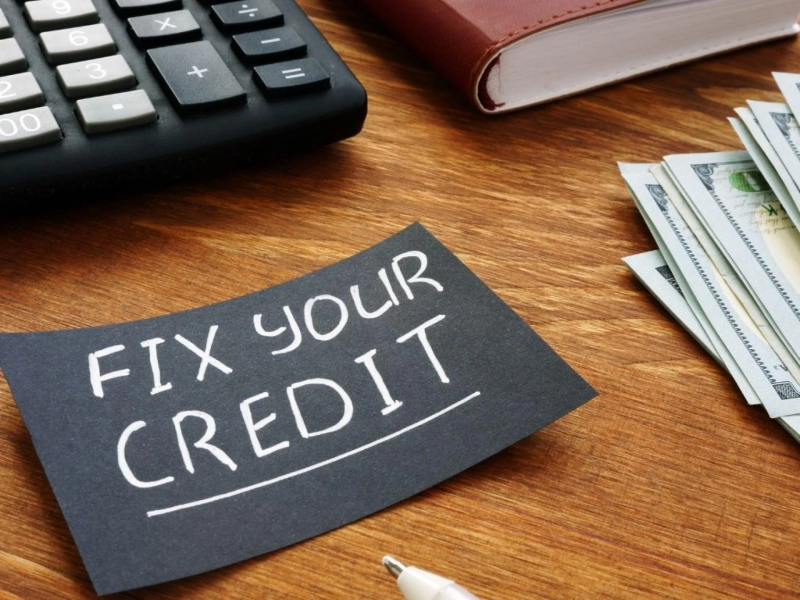x
Just like any process, there is a right and wrong way to repair credit. While anyone can repair their own credit for free and should never use a monthly service, there are key details you need to know to properly raise your score and avoid damaging legal pitfalls.
1. Not Disputing by Mail
The credit bureaus push people to file disputes online through their fast and simple systems. However, this puts you at the mercy of their automated systems, taking the power out if your hands and possibly delaying or stopping valid disputes. Disputing online or by phone limits what you can say, your paper trail, and the rights you can assert. All disputes should be filed by certified mail with a return receipt requested.
2. Not Keeping Records
Every letter and every response matters. If you do not keep copies, you have no defense if a bureau ignores or loses your dispute. Save copies of your letters, the green certified slips, and all replies in a folder. Staying organized is key. It's also important to track your disputes, dates, and follow-up in a spreadsheet or notebook.
3. Ignoring Details
Credit repair is not just about deleting negatives. Small errors like old addresses and phone numbers, duplicate information, wrong names, etc. can also prevent your score from reaching its potential. In addition, you should ensure that all positive accounts and payments are being reported and are complete with the correct account status.
4. Not Addressing Debt
If you do not deal with your debt, problems will keep coming back. A deleted collection can show up again if the debt is sold. Unpaid balances can still grow. Along with disputes, you need a plan for your debt. That may mean settling, paying down balances, or setting up agreements with creditors. Start with finding ways to reduce your debt amounts and then plan and budget your negotiations along with the credit repair process. While slightly different, you have legal rights and remedies afforded to you just like consumer credit.
5. Using Templates and Software
Using mass-produced templates, copy-and-paste letters, or credit repair software can halt the credit repair process. If bureaus have reason to believe you didn't prepare a letter yourself, they can mark it frivolous and ignore your dispute. It is still highly recommended to use dispute templates and sample letters for proper structure; however, it's crucial that you rewrite them in your own words on an original letter.
The rule is explicit: a furnisher may dismiss any dispute it “reasonably believes” was prepared by or on a form supplied by a credit‑repair organization (15 U.S.C. § 1679a(3)).
Bonus: Not Following Up
One of the biggest mistakes people make in credit repair is sending a few disputes and then waiting around, assuming everything will fix itself. Credit bureaus and creditors have 30 days to respond, but that doesn’t mean the process ends there. Sometimes they send incomplete responses, ask for more information, or simply verify the item without providing proof. If you don’t stay on top of deadlines, request reinvestigations, or challenge improper verifications, negative items can stick around when they shouldn’t. Successful credit repair takes persistence, follow-up, and keeping the pressure on until the report is accurate.
DIY credit repair works if you do it the right way. Anyone can improve their score without paying a company, but you need to avoid shortcuts. Mail your disputes, keep your records, correct the details, handle your debt, and write your own letters. Do it right and you will see results.


